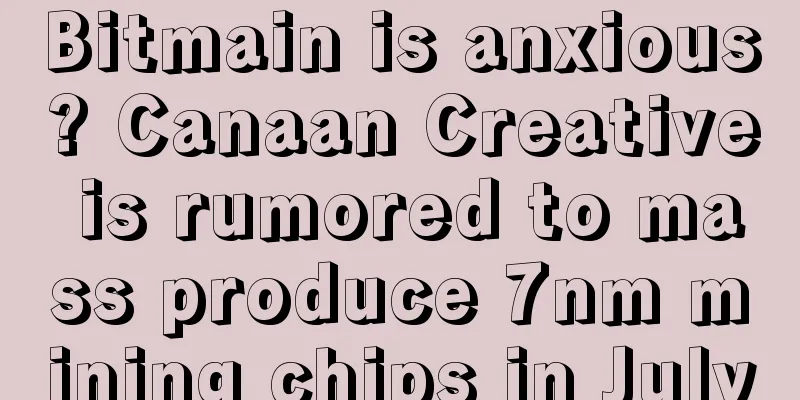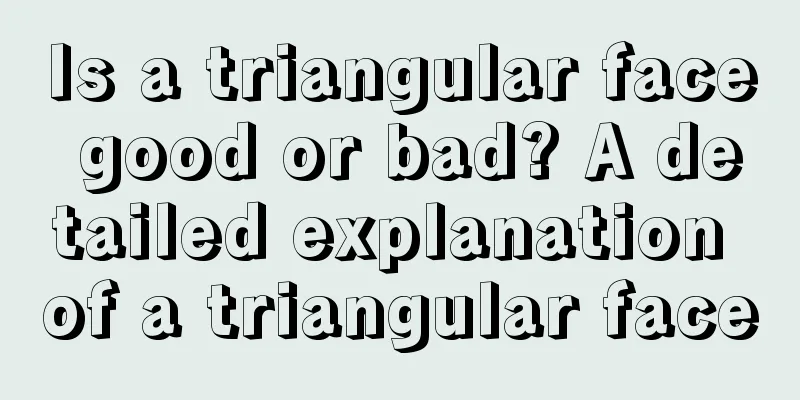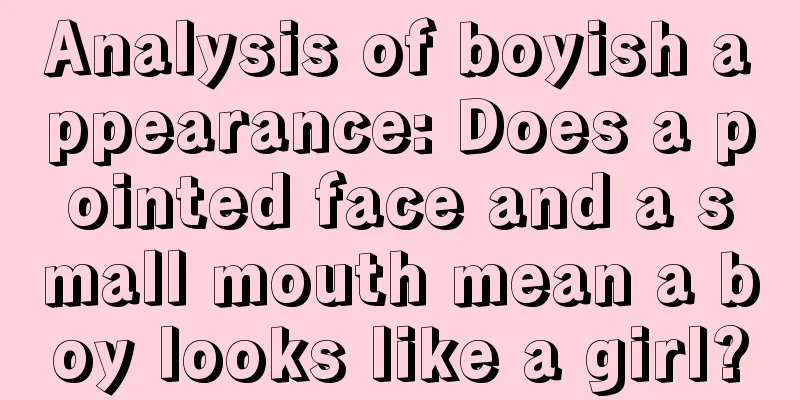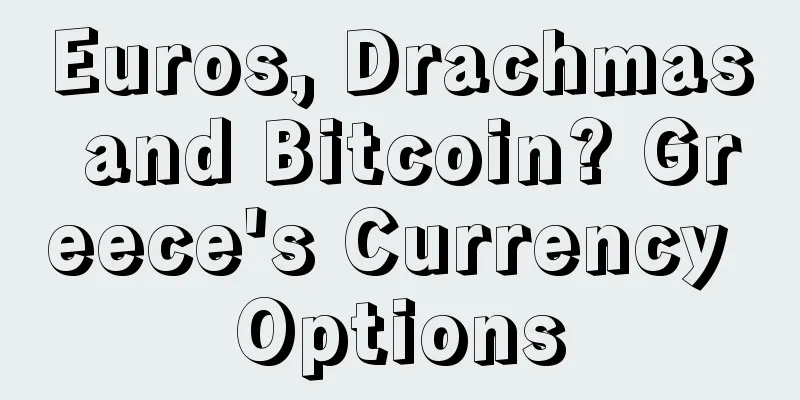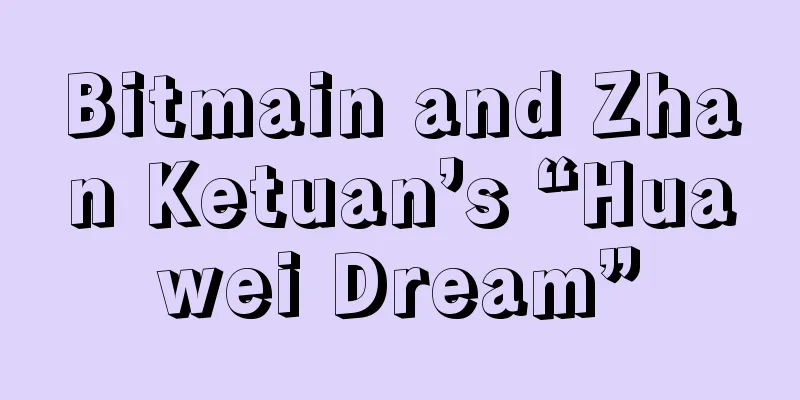Bitcoin and blockchain technologies solve IoT interoperability problems without the need to build unified standards
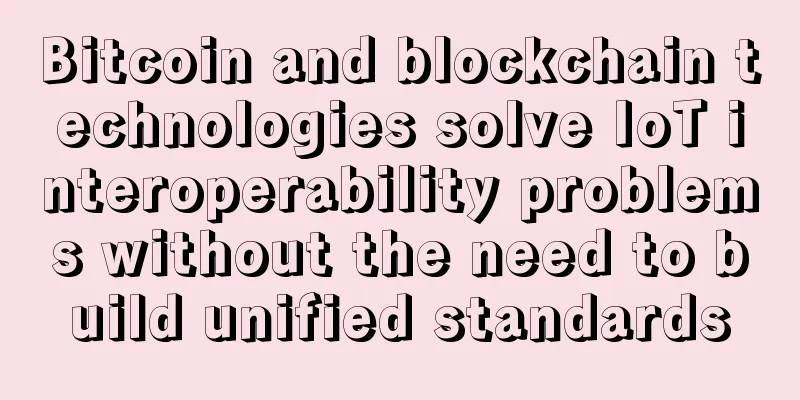
|
One of the main themes of this year's Embedded Linux Conference and OpenIoT Summit was the challenge of connecting the growing number of IoT standards. Many speakers at the day's conference were hopeful about the potential for functional interoperability, and there were even calls for a merger of two major open source efforts: AllSeen (the Internet of Things Alliance) and IoTivity (an open source IoT software framework) if there are no unified IoT standards. However, others, such as Dutch IT consultant Benedikt Herudek, were more skeptical. 'Forget IoT standards,' Herudek told attendees during his presentation 'Consensus in the Internet of Things - A Solution to the 'Remote Online Order' Problem.'
However, Herudek is not satisfied with an IoT world separated into silos. He proposes a potential solution, one based on a proven technology: Bitcoin . In Herudek's view, the same qualities of versatility and security that Bitcoin and blockchain technology can bring to financial transactions can also be applied to the IoT messaging protocol problem. Specifically, Herudek outlines a version of Bitcoin's "proof of work" consensus mechanism that can translate messages between all IoT applications without the need for trusted middlemen or resorting to industry or vendor protocol standards. The proposal was partly inspired by the 'Decentralized p2p Automatic Telemetry System (ADEPT) Proof of Concept' developed by IBM and Samsung, which is similar to the application of Bitcoin and blockchain in the Internet of Things. According to Herudek, his proposal improves on ADEPT. Both solutions are based on the P2P Bitcoin cryptocurrency protocol for financial transactions, using its 'wallets' and 'miners' as the equivalent of IoT endpoints. At the same time, blockchain is a public distributed ledger.
Instead of using Bitcoin's proof of work, Herudek proposed using a 'useful proof of work'. He also gave an example of the Internet of Things: a smartphone telling a smart refrigerator to open its door.
Use smart learning algorithms instead of hashingChallenges of using Bitcoin for IoT include: Using miners hashing sessions in well-defined use cases, like transferring money between two parties.
Herudek also discussed issues such as immutability, security and how to measure 'effort'. Much of the proposal requires a solid understanding of Bitcoin and the latest IoT information exchange methods. However, this approach is very interesting because it could be a ready-made alternative to a standards development process that could take many years to reach a technical and political/commercial level.
|
<<: Qingdao Touchstone: Bitcoin is "crazy in China" and Chinese aunts should be quiet
>>: On the Correct Flying Posture of Old Birds
Recommend
What is the basis for the fate of men without beards?
As we know, men have beards, and beards generally...
How to look at a girl's career line
In palmistry, the career line refers to the line ...
What are the best features for women to bring good luck to their husbands?
A woman who can bring good luck to her husband is...
Is it good for a woman to have no career line in her palm? The fate of a girl without a career line
The career line on the palm represents, to a cert...
What kind of face will get up early in winter?
Generally speaking, getting up early is not a dif...
Is it good for a man to have a widow's peak?
Is it good for a man to have a widow's peak? ...
Bitcoin mining hashrate is approaching a record high
The current total network computing power of Bitc...
Graphics card mining machine purchase guide
Regarding Ethereum mining, Zhikuang University in...
The position of moles and the destiny chart on women's bodies. What moles are harmful to women?
In fact, sometimes the distribution of moles can ...
The personality of people with thick eyebrows and their strategies in business
Generally speaking, people with thick eyebrows ha...
A complete illustration of a person with a round nose
A complete illustration of a person with a round ...
Bitcoin price hits new high, and the soaring market shows no signs of turning back
The price of Bitcoin hit a new high in the Asian ...
Is it true that women with chicken-beak ears are very stubborn in life?
Having a good appearance is a big plus in life. F...
What kind of man can save money and make a lot of money?
Money is a good thing for everyone. If it is dest...
The market is adjusting at the top, so hold your money and take a break during the Spring Festival
Author | Hashipi Analysis Team...
